Governor Travels to Iowa for Insurance Industry Keynote
/When “attendees from around the world” convened in the “insurance hub of Des Moines, Iowa,” for the second annual Global Insurance Symposium, the keynote speaker was an individual from a state long considered as the hub of the industry, Governor Dannel Malloy of Connecticut. The symposium, being held this week, was designed to “provide a forum for insurance professionals and regulatory authorities to share insights into challenges facing the insurance industry,” and includes “some of the most knowledgeable experts in the insurance field and discuss important issues facing the industry, such as cybersecurity and big data,” according to conference organizers.
Why Des Moines, Iowa? The conference website points out that “for decades, Iowa has been committed to policy that creates favorable conditions for the insurance industry to thrive. As home to more than 200 insurance companies, Iowa is uniquely suited to host the Global Insurance Symposium and assemble global leaders to discuss these important issues.”
The symposium will also serve as a coming out for six start-ups completing Iowa's Global Insurance Accelerator, a fast-track business development program focused on insurance innovation. The accelerator brought together startups from Iowa, Nebraska, California, Germany and Brazil, for 100 days of fast-paced business development, and mentoring. The initiative was launched in February.
 Iowa Governor Terry Branstad provided opening remarks at Wednesday’s session, followed by Malloy’s keynote address. Branstad, a Republican, and Malloy, a Democrat, were re-elected by voters in their respective states last fall.
Iowa Governor Terry Branstad provided opening remarks at Wednesday’s session, followed by Malloy’s keynote address. Branstad, a Republican, and Malloy, a Democrat, were re-elected by voters in their respective states last fall.
The 2014 Connecticut Insurance Market Brief reports that Connecticut ranks #1 in the U.S. for insurance carrier employment as a percentage of total employment, #1 in the U.S. for insurance payroll as a percentage of total payroll (5.6 percent) and that one new job in the insurance industry results in 1.73 additional jobs to the Connecticut economy. The insurance sector accounts for 5.7 percent of Connecticut’s Gross State Product, ranking #2 in the U.S. as a percentage per capita. 
A 2012 report by the Connecticut Insurance and Financial Services (IFS) Cluster and PwC US indicated that an increase of $1 in insurance labor income puts an additional $0.78 into state commerce; and every year the insurance industry purchases an average of $2 billion in goods and services from other industries in Connecticut.
The Iowa Economic Development Authority reports that “Iowa’s insurance industry grew by 11 percent during the past 15 years, while industry throughout the entire U.S. was flat.” The agency indicates that while Iowa has 1.6 percent of the nation’s finance and insurance jobs, it generates 2.9 percent of the nation’s insurance GDP.
In a op-ed co-authored by the two Governors and published in 2012 by the Connecticut Post, Malloy and Branstad pointed out that “in Connecticut and Iowa, the multibillion-dollar insurance industry remains one of the essential anchors for sustained prosperity and quality of life. Both states are among the top four in the nation for the share of insurance and financial services jobs when compared to the entire workforce. In addition, the U.S. insurance industry is a titan in the world marketplace, accounting for nearly 34 percent of the worldwide market share.”
“Unique and fundamentally stable, insurance would top the list of industries for any governor to nurture and grow in his or her state,” the states’ chief elected officials noted. “The industry attracts a well-educated, well-paid work force of actuaries, financial analysts, attorneys, certified accountants and skilled support staff.”
The text of remarks by Branstad and Malloy at the Global Insurance Symposium were not immediately available, but The Hartford Courant reported that Malloy advocated continued state regulation of the industry, rather than an increased federal regulatory scheme. "Our states, our commissioners and our governors need to be more actively involved if we are going to protect our industry as we know it, and not be dictated to, not simply by people in Washington but people abroad as well," the Courant quoted Malloy as stridently urging those gathered for the symposium.
https://youtu.be/R_aApLrqy5o
https://youtu.be/CmDCxvRIC3I







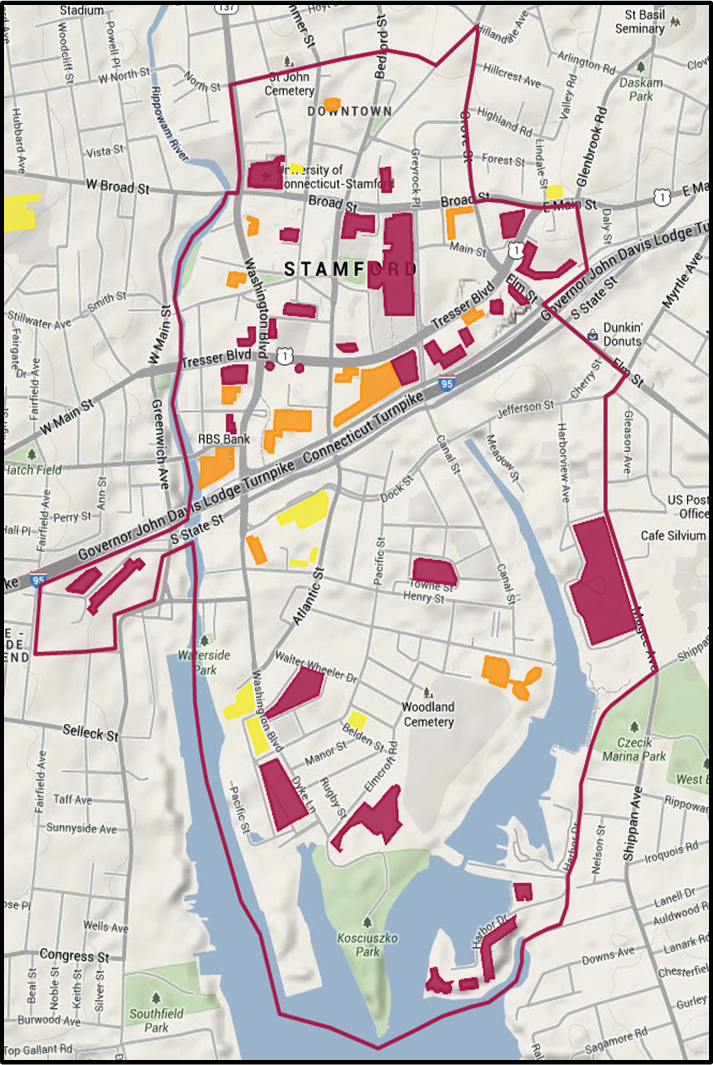 “These collective efforts will establish the Stamford 2030 District as an example of a financially viable, sustainability focused, multi-sector driven effort that maximizes profitability and prosperity for all involved. Through collaboration of diverse stakeholders, leveraging existing and developing new incentives and financing mechanisms, and creating and sharing joint resources, the Stamford 2030 District will prove the business case for healthy and high performing buildings.”
“These collective efforts will establish the Stamford 2030 District as an example of a financially viable, sustainability focused, multi-sector driven effort that maximizes profitability and prosperity for all involved. Through collaboration of diverse stakeholders, leveraging existing and developing new incentives and financing mechanisms, and creating and sharing joint resources, the Stamford 2030 District will prove the business case for healthy and high performing buildings.” The new interactive tool, on the Connecticut Voices for Children website, enables visitors to track spending across nearly 100 children’s programs over 25 years. Over the last two decades, spending on children’s programs
The new interactive tool, on the Connecticut Voices for Children website, enables visitors to track spending across nearly 100 children’s programs over 25 years. Over the last two decades, spending on children’s programs 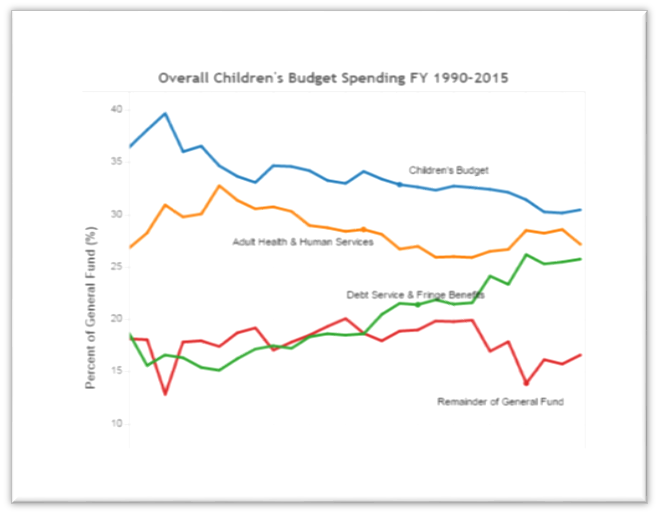
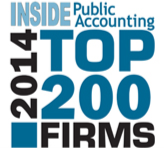

 “With more than 540 firms participating in the IPA annual Survey and Analysis of Firms this year, along with many CPA firm associations contributing to the search to identify the IPA 200, this (is) the definitive ranking of the nation’s largest public accounting firms,” said Kelly Platt, principal of The Platt Group, the publisher of IPA.
“With more than 540 firms participating in the IPA annual Survey and Analysis of Firms this year, along with many CPA firm associations contributing to the search to identify the IPA 200, this (is) the definitive ranking of the nation’s largest public accounting firms,” said Kelly Platt, principal of The Platt Group, the publisher of IPA. mong the industry trends cited by the publication are tighter margins, leadership changes, globalization, new regulations, acquisition pressures, evolving technology, cultural shifts, fierce competition, and commoditization of services (firms struggling to differentiate in the marketplace).
mong the industry trends cited by the publication are tighter margins, leadership changes, globalization, new regulations, acquisition pressures, evolving technology, cultural shifts, fierce competition, and commoditization of services (firms struggling to differentiate in the marketplace).
 ss are Torrington, Danbury, West Hartford, Cheshire, Guilford, Greenwich, Plainville, Middlebury, New London, Killingly, Middletown, Fairfield, Madison, Branford, Farmington, Glastonbury, Windsor, Orange and East Hartford.
ss are Torrington, Danbury, West Hartford, Cheshire, Guilford, Greenwich, Plainville, Middlebury, New London, Killingly, Middletown, Fairfield, Madison, Branford, Farmington, Glastonbury, Windsor, Orange and East Hartford.
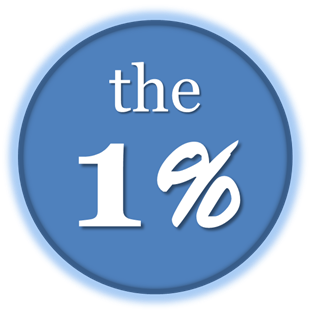 rth. In Wyoming the gap is 37.1 percent, in New Hampshire 38.6 percent, and in South Dakota, 39 percent. In South Dakota, with the widest gap, only 10.9 percent of the wage earners in the top one percent are women.
rth. In Wyoming the gap is 37.1 percent, in New Hampshire 38.6 percent, and in South Dakota, 39 percent. In South Dakota, with the widest gap, only 10.9 percent of the wage earners in the top one percent are women. reas such as New York, Philadelphia, Chicago, Boston, Atlanta, and Washington.
reas such as New York, Philadelphia, Chicago, Boston, Atlanta, and Washington.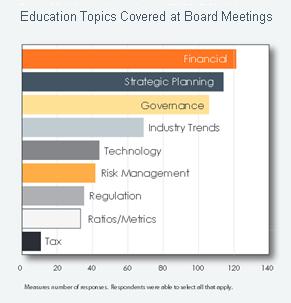
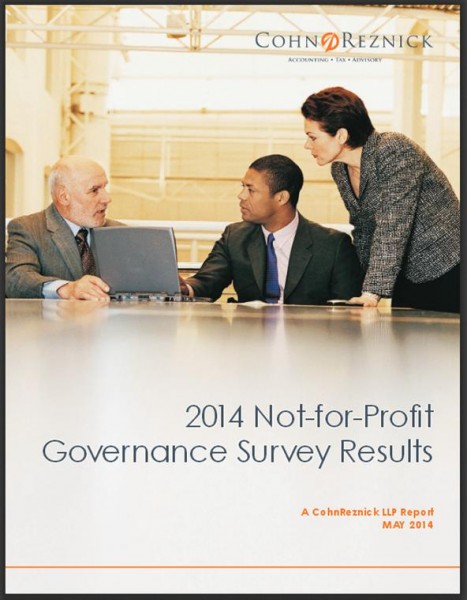
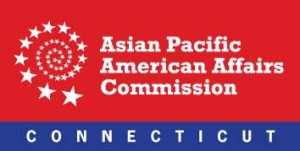 nd Connecticut Coalition of Mutual Assistance Associations. The project was also supported by the Asian American Studies Institute at UConn, the UConn School of Pharmacy and the UConn School of Social Work. It focused on housing, education, language access, employment, access to public resources, and medical and mental health.
nd Connecticut Coalition of Mutual Assistance Associations. The project was also supported by the Asian American Studies Institute at UConn, the UConn School of Pharmacy and the UConn School of Social Work. It focused on housing, education, language access, employment, access to public resources, and medical and mental health.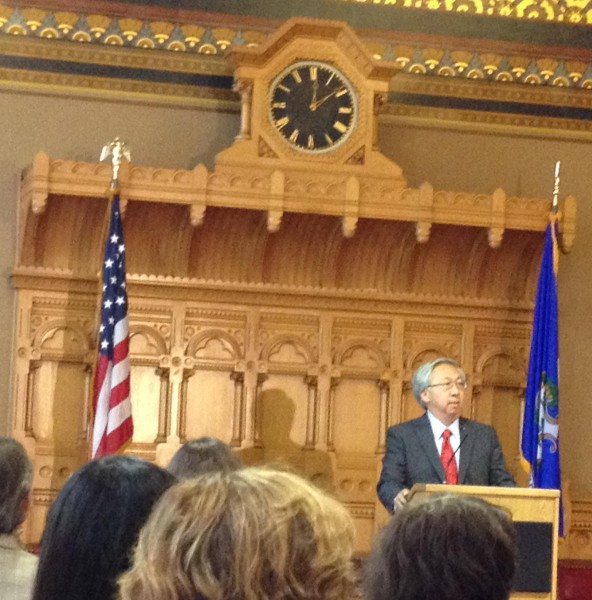 Healthcare Concerns
Healthcare Concerns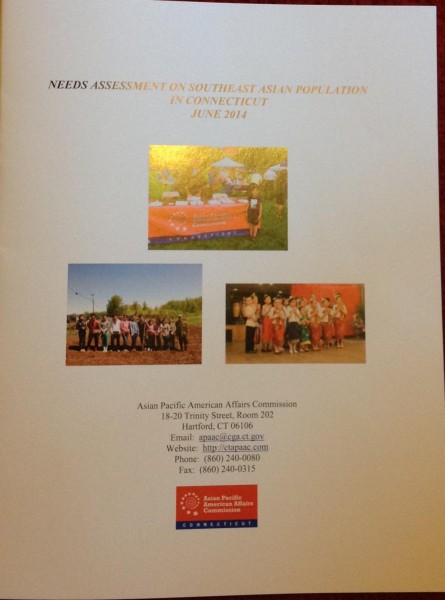 d education, promoting preventative care, actively recruiting APA members in various professional fields, creating diversity in the workforce, translating materials into the most common APA languages, and raising awareness among the APA population regarding their rights.
d education, promoting preventative care, actively recruiting APA members in various professional fields, creating diversity in the workforce, translating materials into the most common APA languages, and raising awareness among the APA population regarding their rights.


























